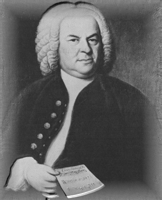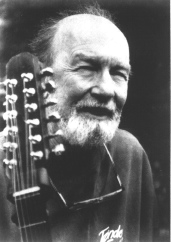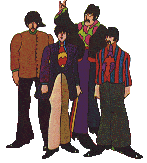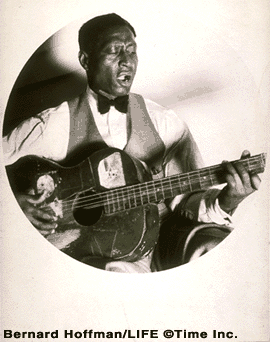
Music

 Every person is a musical person. Every culture has its traditional music. My
first recollection of music came from listening to records my parents had. Their
taste ran to "classical" and show tunes. I can recall being enraptured
by recordings they had of Tchaichovsky's
Piano Concerto No. 1, Dvorak's
New World Symphony, Grieg's Peer Gynt Suite, Beethoven's
Pastoral Symphony and Stravinsky's
Rite of Spring. These are imprinted on me to this day. I still love "classical"
music, and especially like the Baroque
period and the works of J.S. Bach.
Every person is a musical person. Every culture has its traditional music. My
first recollection of music came from listening to records my parents had. Their
taste ran to "classical" and show tunes. I can recall being enraptured
by recordings they had of Tchaichovsky's
Piano Concerto No. 1, Dvorak's
New World Symphony, Grieg's Peer Gynt Suite, Beethoven's
Pastoral Symphony and Stravinsky's
Rite of Spring. These are imprinted on me to this day. I still love "classical"
music, and especially like the Baroque
period and the works of J.S. Bach.
![]()

I became a teenager in 1957, about the same time that Elvis Presley, Jerry Lee Lewis, Buddy Holly and Little Richard began turning out music that expressed our feelings of rebellion against our parents and society, and like my friends and cousins, I was listening to this music, watching James Dean in Rebel Without a Cause at the movies, and caught up in the Rock and Roll revolution.
![]()

About the time I graduated from high school (1962: see American
Graffiti for a sample of popular songs of the time), Rock and Roll was fast
becoming a purely commercial music and had lost much of its initial spirit and
fire. The charts were topped by manufactured teen pop stars such as Frankie
Avalon and Paul Anka. My friends and I were attracted to the folk
music revival, exemplified at the time by people like Harry
Belafonte, The Kingston
Trio, and The Limeliters. While
these were actually folk-oriented nightclub acts, listening to them brought
us to artists doing more traditional folk material such as Pete
Seeger, Joan Baez, Woody
Guthrie, Cisco Houston, Jack Elliott,
Bob Gibson, Ian
and Sylvia, and even Bob Dylan. My
friend, Don
Snyder, his brother Gregory, and I soon got pretty deeply into folk music,
buying instruments, and listening to recordings by revivalists who were doing
more traditional music, such as The New
Lost City Ramblers, Koerner,
Ray, and Glover, and musicians who were traditional, such as Leadbelly,
Doc Watson, Clarence
Ashley, Dock Boggs, Gaither
Carlton, and Big Bill Broonzy. Leadbelly
(Huddie Ledbetter) was my favorite, and I bought a 12 string guitar and
tried to learn to play it like he did. ![]()

The Beatles proved that Rock and Roll was not dead, and although I never was into playing Rock music myself, I continued to listen to it. Favorites through the 60s and beyond were The Beach Boys, Crosby, Stills, Nash, and Young, The Who, Cat Stevens, Bob Marley, Eric Clapton, Jackson Browne,Bob Dylan, Bruce Springsteen, John Denver, Creedence Clearwater Revival, Otis Redding, The Rolling Stones, Fleetwood Mac, Los Lobos, and Talking Heads.
In the 1980s, having finished training, I had more time to devote to music.
Through the instrumentality of my friend Michael First, I discovered Steeleye
Span and the man who I feel is the finest rock muscian alive today, Richard
Thompson. Thompson is second to none on the electric and acoustic guitar
and writes wonderful lyrics. His music has that edge that I love. Listening
to Thompson, Steeleye, and others like Sandy
Denny and
Fairport Convention who had roots in British folk music led to renewed interest
in roots music and traditional music. ![]()

In 1990, I heard Dwight Diller playing "Walking in the Parlor" over West Virginia Public Radio. It was so moving, that I decided to take up banjo (which I had never played before). I took banjo lessons from Dwight and my interest in the banjo led me to become deeply involved in Appalachian music, which is often called Old Time Music . Anyone wishing to explore this music further is invited to visit my Old Time Music page, and/or my Dwight Diller Home Page which contains links to banjo tablature of Dwight's tunes.
Good music to me is music that is from the heart. Played or sung with soul and emotion. Such real music may not be smooth and may not be pretty, but it will be powerful and have fire.